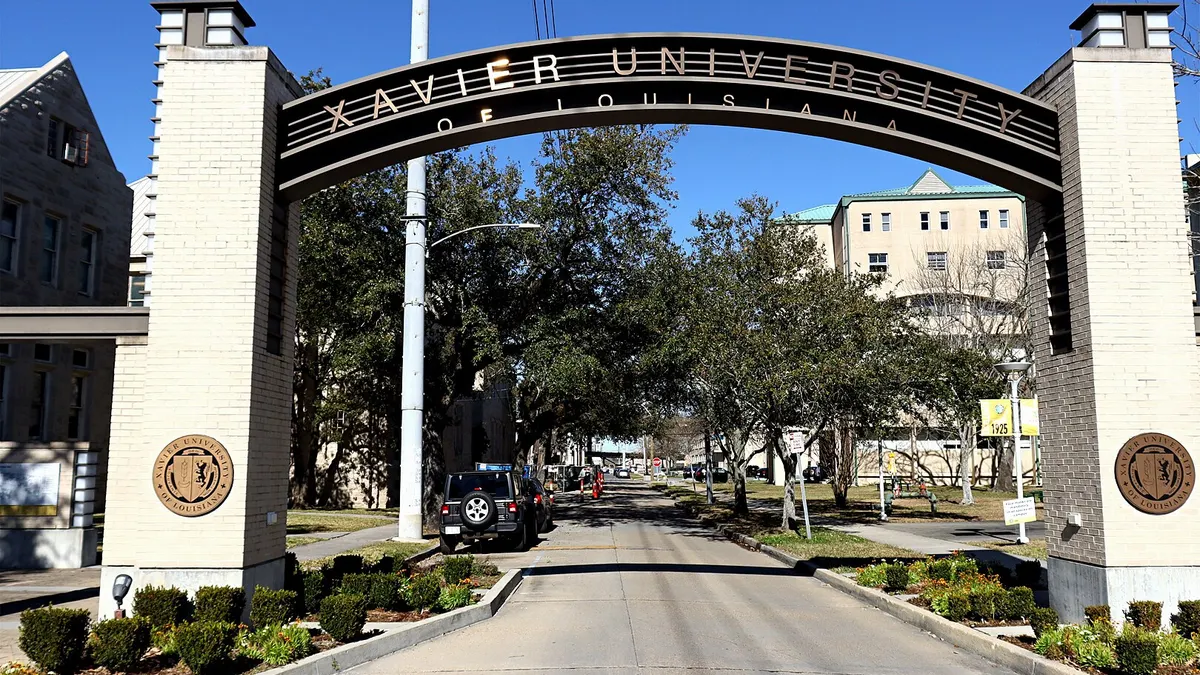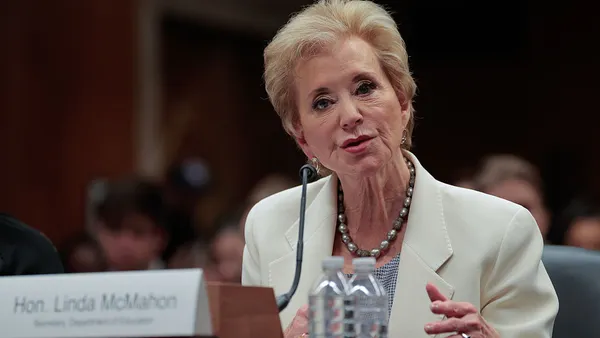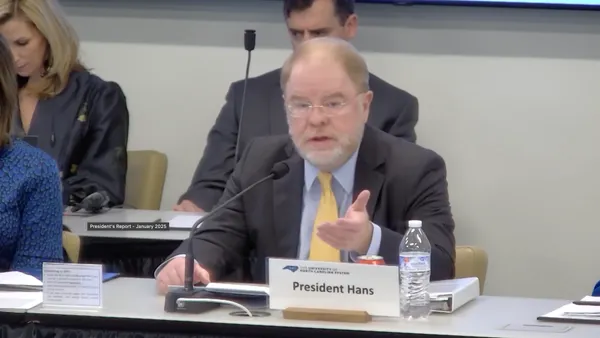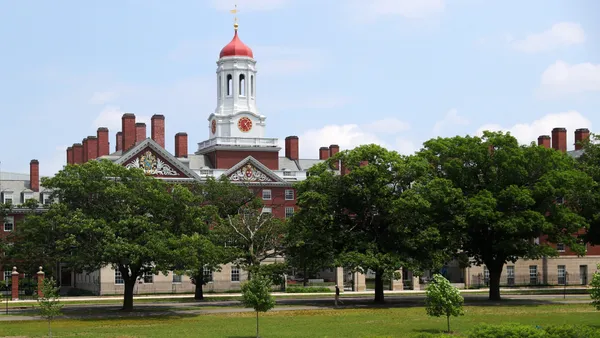Andrew McGregor, a lecturer in the history department at Purdue University, had a revelation this week: His “entire teaching career has been in the shadow of gun violence.” On syllabus day in every class, every semester since he began teaching in 2014, he has had to show an “emergency preparedness slide on what to about someone with a gun.”
Students were barely teething, if they were even born, when Eric Harris and Dylan Klebold opened fire at Columbine High School in 1999, killing 13 people and wounding 24 others before killing themselves. But for McGregor and his generation of faculty members and staff, their whole lives have been in the shadow of Columbine, and then later the shooting at Virginia Tech in 2007.
The phrase “trigger warnings” for this group has nothing to do with the sensitivity of academic content — it’s about a literal response to a need to survive a gunman on campus who has a finger on an actual trigger.
As students across the country participate in protests, and survivors from the Feb. 14 shooting at Marjory Stoneman Douglas High School in Parkland, FL emerge as political heroes, championing tighter gun controls, the conversation about campus carry is again relevant. The most popular right wing response to the tragedy in Florida is to arm every teacher, equipping them to take down any potential threats. It is a similar argument to one that loomed behind the campus carry push which has swelled across states over the last six years.
Guns: Still a big issue
Despite opposition from campus leaders, guns on campus remains a top issue, as the number of states with “legislation stripping institutions of their autonomy to regulate campus safety policies” hit 10 in 2017, with the addition of Georgia and Arkansas, according to the American Association of State Colleges and Universities. Nineteen states “considered some form of legislation on this issue in 2017, from deep red states such as Arizona to the bluer New York,” according to the AASCU.
However, some state leaders are beginning to capitulate on gun control, following mounting pressure in the wake of the Parkland, FL, tragedy. Higher ed leaders have an opportunity to join with the voices of the K-12 community and others outraged by the number of school shootings — five since the year started, according to The Washington Post, a number that differs greatly from the widely circulated figure making rounds on social media — to lobby for stricter gun laws.
While some state leaders are softening on the idea of “Red Flag Laws,” which would allow authorities to seize guns from those they believe to be a threat to themselves or others, higher education leaders must be front and center, pushing for the right to retain autonomy over how their institutions are run and what is allowed to happen on their on campuses.
Board members also must show up in the state legislatures and even in the halls of Congress, and they must use their social and political clout to encourage their networks to do the same on behalf of the interests of local colleges and universities.
Presidents must not only step up their lobbying efforts as well, but they must pay careful attention to the messaging they’re projecting on campus, and facilitate an environment that considers the emotional trauma of not just students but faculty and staff members. Securing the safety of the campus doesn’t just mean making the decision to place the campus on lockdown if a situation arises; it means providing counselors and others to help the campus community process the events that are happening.
Bridging the divide
Holding town halls and community forums is a good way to bring the campus and local residents together to express their feelings — even if no action items come from these events, they provide a good opportunity to bridge divides and show leaders care. And, because alumni are often the best advocates for any institution, they can help energize graduates and provide the appropriate language for a grassroots campaign for the state to do something to prevent the likelihood of such a tragedy at their alma maters.
Campus leaders cannot afford to remain silent and let this current moment focus squarely on securing primary and secondary schools.










